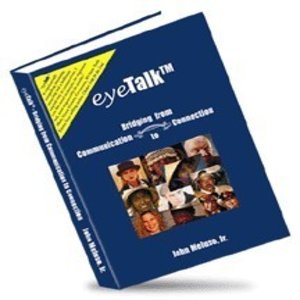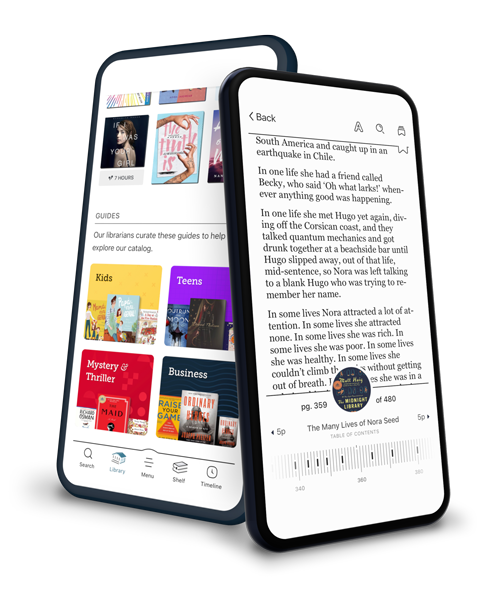
Sign up to save your library
With an OverDrive account, you can save your favorite libraries for at-a-glance information about availability. Find out more about OverDrive accounts.
Find this title in Libby, the library reading app by OverDrive.



Search for a digital library with this title
Title found at these libraries:
| Library Name | Distance |
|---|---|
| Loading... |
First Steps with eyeTalk
Connection begins with speaking in the style of the other person, whatever their native tongue offers in tone, posture, words, or frequency. We must also use others’ “communication language.” There are four major communication languages, and each of the four languages has four major dialects. Those dialects influence your observations either positively or negatively. Each style and each dialect has blessings and limitations associated with it.
Do you begin to understand the value of speaking the other person’s language if you choose to connect with the other person? I hope so.
Educational psychologists have described the four languages as visual, auditory, kinesthetic, and a refined moving sort of kinesthetic, known as haptic. Haptic is Latin for "Doing".
One of the ways for me to describe the four language styles, would be through the different experiences that each style might have experiencing a river.
Visual people look at the river and say, “If I was swimming, I would avoid those rapids, and that rock. I would lay on my back in that area of the river. I would stay away from that area where boats sometimes come. I wonder if I should wear my life preserver? I wonder if it is warm or cold? I could use that inner tube that I think is at home. I wonder what people will think if I go swimming? I think I will consider a boat!” Do you see how they might forget to even jump into the river?
The Auditory style responds immediately, and jumps in for a swim. They get caught in the rapids and must respond, and do not take the time to consider thinking about if they are enjoying themselves or if there could be a better way. They are simply responding quickly to the rapids. Often their nose is at the water line, and they cope with the situations at hand. In many ways, they are one with the river. Especially when they spontaneously jump in. They are in relationship with the river.
The Kinesthetic person most likely chooses a gentle place in the river, sits down in the river and says, “Wow, there is water on my skin. The water on my left arm is warmer than on my right and much cooler on my legs.” Kinesthetics notice all the subtleties of how their body feels in the water and don’t even notice the rapids, as they are not choosing that part of the river experience. The warm water along the shore is more soothing, and the soft mud along the shore oozes through their toes. Kinesthetics are the same people who notice the little details of the leaf, and with their intense focus, miss that the leaf is part of a tree in a forest.
Haptic people swimming in the river, look at the river, are in the river, and are aware of the temperature on their skin all at once, not dwelling on any one sensation or response. They often look for trees to swing into the river, and places to jump into the river from. They are not sure which response they are experiencing as they are experiencing them all at once.
Does this give you an idea of the different ways people learn and are in the world? Do you know that from the patterns in the iris of the eye, anyone may determine their preferred communication/learning style?
"eyeTalk, Bridging from Communication to Connection"







